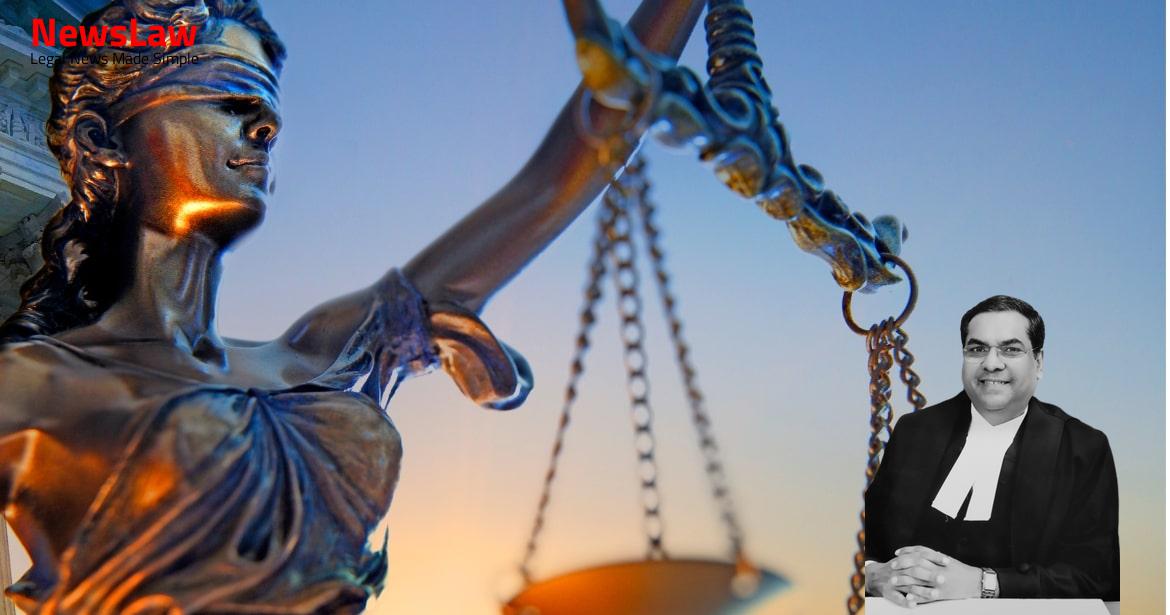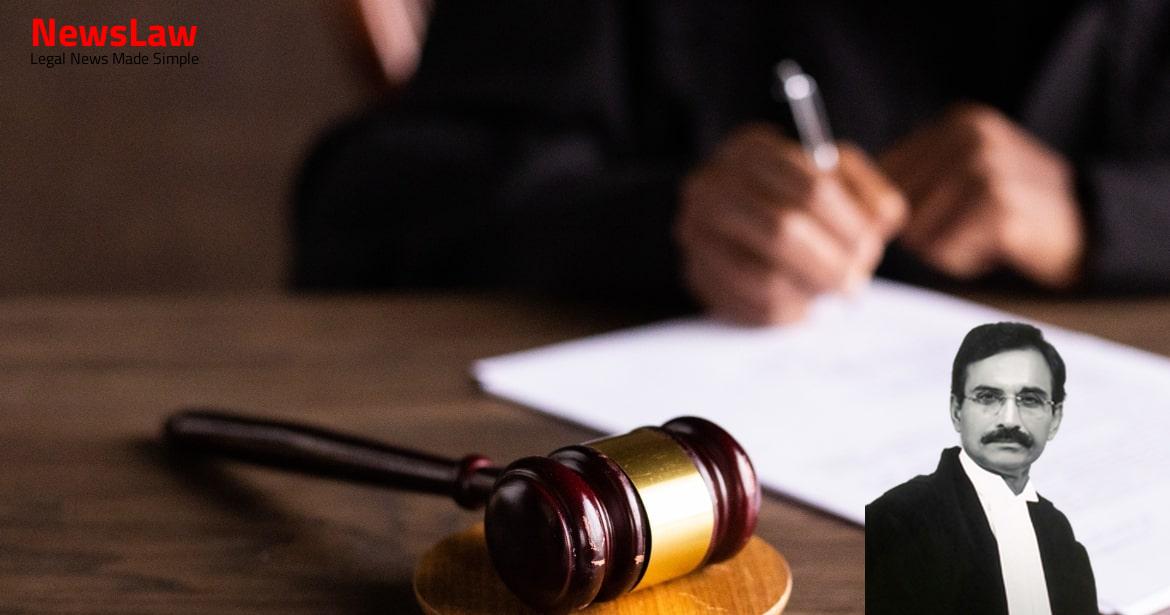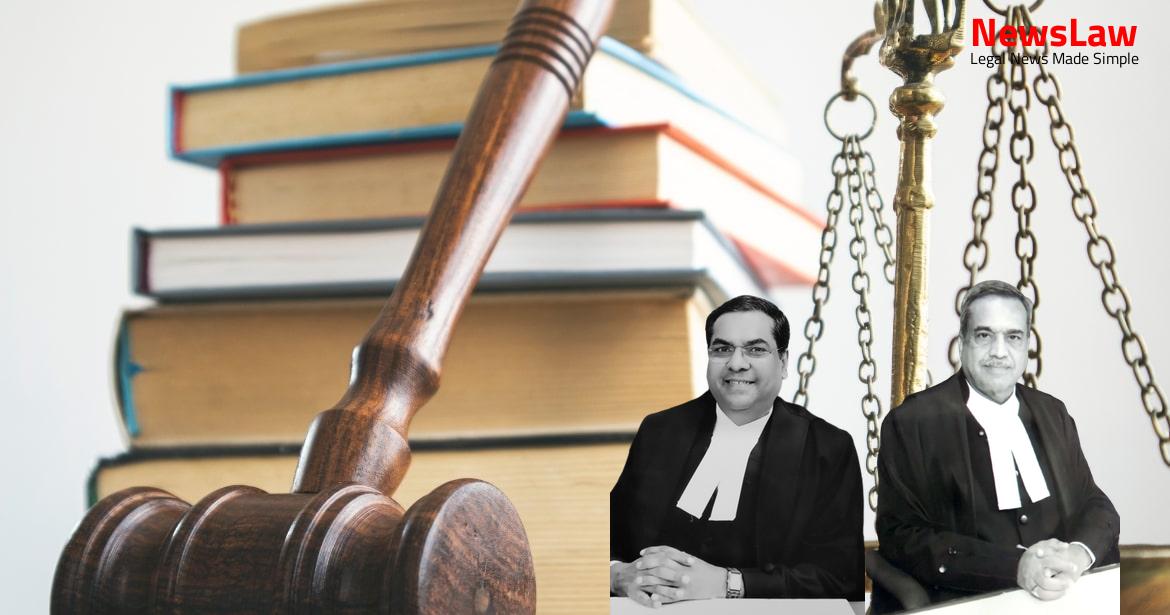Discover the intricate legal analysis conducted by the court regarding public notifications and proposed changes in land use. The blog explores the importance of judicial review in evaluating such matters and the implications for policy and administrative decisions. Follow along to understand the significance of adherence to procedural compliance and public interest in these legal proceedings.
Facts
- Only 42 persons appeared for the oral hearing out of total respondents
- Recommendation made by the Technical Committee for further processing under Section-11A of the DD Act, 1957 for modification in land use for Plot No 1
- Public notice inviting objections/suggestions issued as per Section-11A of the Delhi Development Act, 1957
- Final notification for change in land use issued by Central Government for plots nos. 2 to 8
- Petitioners challenged public notice and final notification based on democratic values in India
- Central Government proposed construction of a new Parliament building with futuristic approach
- Plot no.1 excluded from original proposal and not subject matter of petition
- Land & Development Officer initiated process of change in land use for 8 plots
- Diverse issues raised in proceedings including change in land use, permissions, clearances etc.
- Development of Project aimed at providing larger working space for legislative wing and administrative block
- Parliament House building, a Grade-I heritage structure commissioned in 1927, stands as 93 years old structure
- Population increase necessitates increase in seats in the House of People
- Recommendation made to file substantive writ petition challenging environmental clearance dated 17.06.2020
- Matter considered by Authority in meeting chaired by Lt. Governor, Delhi on 10.2.2020
- On 4.9.2019, the Indian Institute of Architects raised objections to the eligibility conditions in the tender document.
- The order of the Court did not curtail the statutory remedies available to the applicants.
- On 25.10.2019, M/s. HCP Designs was awarded the Consultation Services NIT for the development of the Central Vista region.
- Five firms qualified for technical bids, and four qualified for financial bids.
- Minimum eligibility criteria required bidders to have an average annual turnover of Rs. 20 crores from consultancy services in India.
- CPWD released a corrigendum and addendum extending the online submission date and reducing the earnest money sum.
Also Read: Legal Analysis on Diplomatic Immunity Exception Case
Issue
- The issue at hand revolves around the impact of a proposal on the ZDP/MPD and its alignment with approved plans and policies.
- The court is considering whether innovation or elevation in certain subject matters is permissible, and what benchmarks or basis can be used for such determinations.
- The presence of ongoing court cases related to the mentioned land in the proposal is also being examined.
- The discussion starts by emphasizing the importance of overseeing policy and administrative decision-making through judicially manageable standards.
- The founding principles of democracy and Rule of Law as envisioned by the Constituent Assembly members are highlighted, emphasizing equality under the law for all citizens.
- The role of law in governing legal relationships and ensuring a balance between the state and citizens is underscored.
- Insights from the Constituent Assembly Debates regarding governance by Rule of Law are being analyzed.
- The public purpose served by modifying MPD and/or changing land use is a key consideration in this part of the judgment.
- Several questions have arisen, such as violations of specific notifications and the grant of environmental clearances.
- The permissibility and extent of change in land use, as well as the procedural compliance, are overarching concerns in this section of the judgment.
- The potential impact of the proposal on the general public, including aspects like law and order, is also under evaluation.
Also Read: Autonomy of Private Unaided Schools in Fee Determination
Arguments
- The respondents argue that separate Environment Clearance (EC) applications for the Parliament project and the Central Secretariat project are justified due to different timelines, budget allocations, and administrative wings responsible for each.
- They contend that the EC should be based on detailed project information, not just preliminary plans, and that the Central Secretariat project has not reached that stage yet.
- The built-up area of the Parliament building is much smaller than that of the Central Secretariat, and it was a conscious decision to treat the Parliament project independently to prevent delays.
- The respondents rebut the argument of non-application of mind by stating that the Committee comprised of experts considered all relevant information in their deliberations.
- They assert that the Central Vista redevelopment projects are different from the Parliament project and should be treated as such.
- The respondents argue against the notion of these projects being integrated, stating that they are distinct and do not require collective appraisal.
- It is highlighted that dropping the Central Secretariat project would not impact the Parliament project, showcasing the government’s intention to ensure the smooth completion of the building project.
Also Read: Land Ownership Dispute Legal Analysis
Analysis
- The proposed changes align with the vision of the master plan and zonal plan
- The changes do not conflict with each other but complement each other
- The matter pending in the High Court should be expedited and decided by the court
- Balance between modernity, technological advancements, and protection of historicity is important
- The proposed use is for assets creation and public use, not for private gain
- The master plan objectives align with the proposed changes and do not contravene it
- Optimum utilization may require changing land use of Government lands in public interest
- Disputes between the Authority and the Central Government under the Act are decided by the Central Government, and its decision is final.
- The Central Government can call for records to review and pass orders in case of disputes.
- The Central Government cannot pass orders prejudicial to any person without giving them a reasonable opportunity to be heard.
- The National Green Tribunal has appellate jurisdiction for environmental clearances and related matters.
- Permission for demolition or alterations/additions to heritage buildings requires consultation with the Heritage Conservation Committee.
- The Central Government has the power to decide if the Authority has violated limitations while making modifications, with the decision being final.
- Various provisions focus on the protection of heritage buildings and environmental conservation.
- The Authority must adhere to the master plan and zoning regulations specified by the State Government.
- Procedures for public notice, objections, and suggestions are outlined for modifications to plans.
- The appointment of Boards for inquiries and hearings is mandated, and public notices need specific publication formats.
Decision
- After objections to the proposed change in land use were received by the Delhi Development Authority and public hearings were conducted thereagainst, the petitioners approached the High Court of Delhi for challenging the Public Notice dated 21.12.2019 in W.P. (C) No 1568 of 2020.
- A proposal was floated by the land-owning agency (Central Government) on 4.12.2019 for a change in land use regarding eight plots located within the Central Vista area.
- A pre-bid meeting was held on 12.9.2019 for interested parties for clarifications regarding the NIT.
- Different writ petitions were filed challenging various approvals including the award of tender dated 2.9.2019, EC dated 17.6.2020, and No Objection by CVC dated 30.4.2020.
- The High Court directed the respondents to inform the court before taking any step in furtherance of the impugned public notice.
- Some orders regarding the petitions were passed by the High Court and later on by the Supreme Court.
- The procedure followed for change in land use involved various steps as per the relevant provisions of the Delhi Development Act, 1957.
- Objections/suggestions from the public were invited regarding the proposed change of land use, and a specific period was given for submitting these objections/suggestions.
- Additional petitions were filed which were agreed to be heard analogously with the existing petitions related to the change in land use procedure.
Case Title: RAJEEV SURI Vs. UNION OF INDIA (2021 INSC 4)
Case Number: C.A. No.-000012-000012 / 2021



